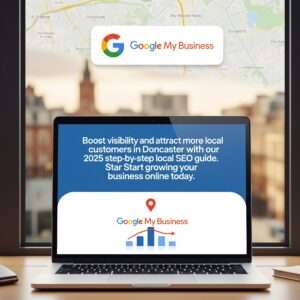When discussing organic reach on social media, we often hear Facebook’s name at the forefront of the conversation. On the flip side, Facebook is also on the tips of marketer tongues when talking about the decline of organic reach on social platforms.
In truth, organic reach is diminishing right in front of us. In this article, our trusted social media experts here at Be My Social are going to examine the ways in which we can re-establish organic reach.
1. Optimise Each of Your Social Media Accounts
When we create content for online search engines to recognise, we harness the powers of all kinds of SEO tactics. Interestingly, social media works in the same way.
Every segment of your social media profile can be tinkered for better visibility and optimisation.
A notable username, recognisable profile photo/logo, keyword enriched descriptions and a traceable link to your website are all great methods of optimising your social profiles.
2. Post Evergreen Content
The bottom line of evergreen content is:
Don’t post content that has an expiration date.
The amount of content that gets posted to Facebook, Twitter and Instagram and is swept under the carpet measures in vast quantities. Generally, social media content doesn’t have a wide or varied lifespan.
3. Use Targeting to Maximise Organic Reach on Social Media
Altering the settings of your posts to target specific members of your audience can give you a boost in organic reach. On Facebook, you have access to organic post targeting, which can be refined and specified to target certain demographics.
Anything from gender, relationship, status, education level, age location, interests and language can be targeted on Facebook.
4. Posting During Slow Hours
It’s common for people to think that the best time to upload is when all of your target audience is online. In most cases, posting at peak times causes your content to get lost in the tidal wave of other posts.
Posting during non-peak hours is less likely to cause your content to drown.
5. Find the Right Balance Between Promotional and Useful Content
Most businesses feel inclined to constantly promote their products and services on social media, but think of it from the consumers perspective. Imagine seeing the same content day in day out, eventually people are going to switch off.
To remain engaging, you need to create posts that users find useful.
Some great examples of useful content include: how-to guides, infographics, articles, videos etc.
It is recommended by industry professionals to use an 80/20 balance between promo and info. 80% of your content should be useful and 20% should be used to promote your brands products and services.
Using an 80% ratio of helpful content will help create an authoritative presence on social media, users will trust what you put out and will have faith in your products.










